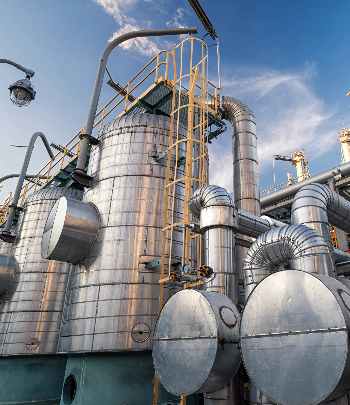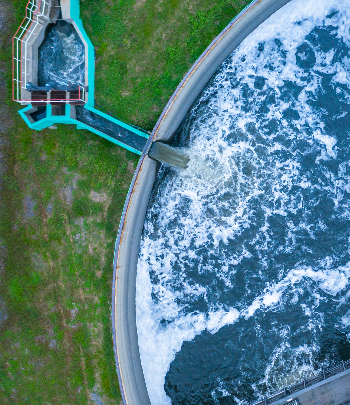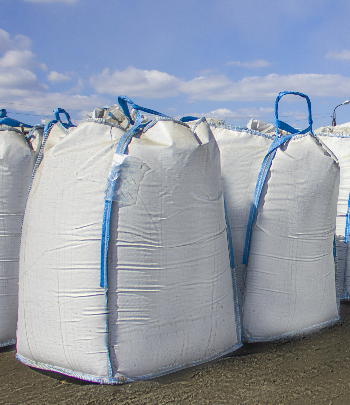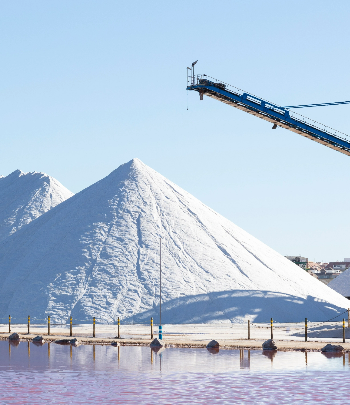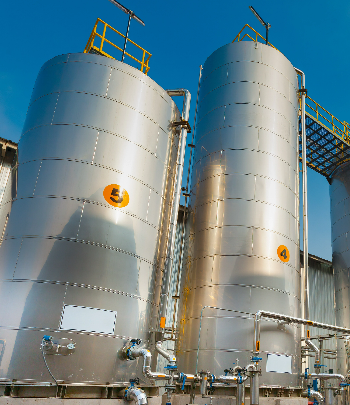Hypochlorite
Hypochlorite is considered to be one of the purest forms in disinfecting water to make it pure for drinking purposes. Hypochlorite, also known as bleach is used as a disinfecting agent for disinfecting viruses, bacteria, and its severe harmful agents that can cause danger to one’s life. But it is to be noted it is not used for the disinfecting of spores in bacteria and in prions.
This product could give clean and purified water that can be a boon for humans. Also, the product when used for industrial purposes is used as a dye material as when added to wastewater it can reduce the odor.
Hypochlorite is used to forestall the development of algae and shellfish in cooling towers. In the water treatment process, hypochlorite is utilized in the sanitization of water. In households, hypochlorite is utilized in the water purification and cleansing of the house.
How Do We Produce Hypochlorite?
There are two methods on how we would be producing the hypochlorite.
One method would be dissolving salts in the softened water. This results in the creation of concentrated brine. This brine is then electrolyzed to form a sodium hypochlorite solution containing 150 grams of active chlorine per liter.
Now during the reaction, hydrogen gas would be produced. The chemical also can be produced by adding chlorine gas to caustic soda, producing sodium hypochlorite, water and salt. The biggest advantage of salt electrolysis system information of sodium hypochlorite is there would be no transport or storage of chemicals is required.
Also, the whole on-site procedure would involve the chlorine being less than the pH. Plus no other acid is required to lower pH. The hydrogen gas produced is explosive, and as a result, ventilation is required. Here the process would be slow, and a buffer of extra hypochlorous acid needs to be used. The maintenance and purchase of the electrolysis system are much more expensive than sodium hypochlorite.
Now the second method involves the usage of acetic or sulfuric acid added to the water. An excessive dose can produce poisonous gases. If the dosage is too low, the pH becomes too high, and it can irritate the eyes.
Here the necessary concentration of sodium hypochlorite is based on the concentrations of pollutants, primarily organic pollutants. If the water is filtered before disinfection, less sodium hypochlorite is needed.
Sodium hypochlorite is a strong oxidizer. Oxidation reactions are corrosive, and solutions burn skin. In addition, chlorination of drinking water with sodium hypochlorite can oxidize organic contaminants, producing trihalomethanes, which are considered carcinogenic and are subject to regulation.
Industrial and domestic uses
Our Hypochlorite is commonly used, industrially and domestically, to whiten clothes, lighten hair color and remove stains. Also, Hypochlorites are also widely used as broad-spectrum disinfectants and deodorizers.
Sodium Hypochlorite (Bleach) – Blue Line Industries UAE
What is Hypochlorite?
Sodium Hypochlorite, commonly known as bleach, is one of the most effective and pure disinfectants for water purification. It eliminates harmful bacteria, viruses, and pathogens, making water safe for drinking and industrial use. However, it is not effective against bacterial spores and prions.
Key Applications
- Water Treatment – Disinfects drinking water and reduces odor in wastewater
- Cooling Towers – Prevents algae and shellfish growth
- Household Use – Cleans, disinfects, and whitens clothes
- Industrial Use – Acts as a dye material, disinfectant, and deodorizer
Production Methods
- Salt Electrolysis – Produces sodium hypochlorite solution (150 g active chlorine/L) with no need for chemical transport or storage
- Chlorine + Caustic Soda Reaction – Produces sodium hypochlorite, water, and salt
⚠️ Safety Note: Sodium hypochlorite is a strong oxidizer and corrosive. Proper handling, ventilation, and controlled dosing are essential.
Benefits of Our Hypochlorite
- Reliable disinfection of water for drinking and industrial processes
- Effective odor control in wastewater treatment
- Multi-purpose use in domestic cleaning, stain removal, and whitening
- Cost-effective, broad-spectrum disinfectant and deodorizer
Products by Application

Packaging


